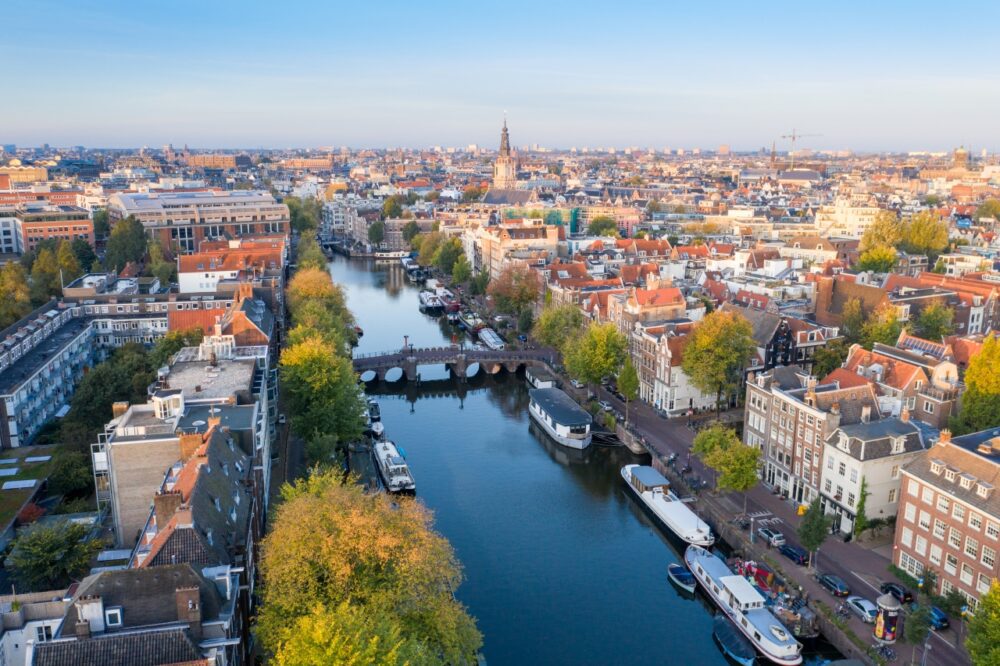
Introduction
When you think of The Netherlands, images of tulip fields, windmills, and canals might come to mind—and for good reason. But this small country has so much more to offer than just postcard-perfect scenery. The Netherlands is a fascinating mix of vibrant cities, rich history, and stunning landscapes that range from tranquil countryside to ultra-modern urban centres. Whether you’re exploring the cosmopolitan streets of Amsterdam, cycling through the countryside, or sipping a beer in a cosy brown café, the Netherlands has a unique way of making you feel both at home and constantly surprised.
The first time I visited, I was struck by how effortlessly the Dutch balance tradition with innovation. You can walk through streets that haven’t changed in centuries, and just around the corner, you’ll find cutting-edge architecture and avant-garde art. The Netherlands is small but mighty—compact enough to explore easily, yet packed with diversity and charm. Here’s why this captivating country should be on your travel list.
Table of Contents
Reasons You Should Visit the Netherlands
1. Charming Canals and Historic Cities
The Netherlands is world-famous for its canal-lined cities, where narrow, gabled houses lean over the water, creating a sense of timeless beauty. Amsterdam is the crown jewel, with its UNESCO-listed canals that date back to the 17th century. Walking or cycling along the water, crossing little bridges, and discovering hidden courtyards was one of my favourite ways to explore the city. The canals provide a peaceful break from the bustling streets and are a perfect way to get to know the city from a different perspective.
Beyond Amsterdam, cities like Delft and Leiden also boast their own picturesque canals, often with fewer crowds but just as much history. I spent a lovely afternoon in Delft, admiring its well-preserved medieval architecture and famous blue-and-white ceramics, all set along its quiet, tree-lined waterways. Every Dutch city has its own take on the canal lifestyle, and each feels like a step back in time.
2. A Cycling Paradise
If there’s one thing you’ll notice immediately upon arriving in the Netherlands, it’s the bicycles. There are more bikes than people here, and the country’s flat landscape and extensive cycle paths make it a cyclist’s dream. Renting a bike in any Dutch city is the best way to get around—and an easy way to feel like a local. I rented a bike in Utrecht, and within minutes I was pedalling along the canals, passing beautiful parks and historic buildings.
For a true Dutch cycling experience, head out of the cities and into the countryside. The Bollenstreek region, especially in spring, is stunning. Cycling past fields of blooming tulips with windmills dotting the horizon feels almost surreal. Even if you’re not a keen cyclist, the bike-friendly infrastructure here makes it easy and enjoyable for anyone to hop on and explore.
3. World-Class Art and Museums
The Netherlands punches well above its weight when it comes to art. This is the birthplace of some of the world’s most famous artists, including Rembrandt, Van Gogh, and Vermeer. In Amsterdam, the Rijksmuseum is a must-visit for any art lover. I spent hours admiring masterpieces like Rembrandt’s Night Watch and Vermeer’s The Milkmaid. Right next door, the Van Gogh Museum offers an intimate look at the life and work of one of the world’s most beloved painters.
Outside of Amsterdam, cities like Rotterdam and The Hague are also cultural powerhouses. In The Hague, the Mauritshuis gallery is home to Vermeer’s Girl with a Pearl Earring, one of the most iconic paintings in the world. Meanwhile, Rotterdam’s modern art scene is thriving, with museums like the Kunsthal and a cityscape filled with public art and avant-garde architecture.
4. Diverse and Delicious Cuisine
The Netherlands may not be the first place that comes to mind when you think of cuisine, but it’s full of surprises. From traditional Dutch snacks like stroopwafels and bitterballen to Michelin-starred restaurants pushing culinary boundaries, the food scene here is diverse and exciting. One of my favourite discoveries was the haring, or raw herring, which is a beloved Dutch delicacy. Don’t be afraid to try it—it’s surprisingly delicious!
Amsterdam’s food markets, like the Albert Cuyp Market and Foodhallen, are great places to sample a range of local and international dishes. The country’s colonial history has also left a mark on its cuisine, with Indonesian food being a favourite. If you get the chance, try a rijsttafel (rice table), an Indonesian feast of small dishes, which I found to be one of the most flavourful and unique meals in the Netherlands.
5. An Innovative Spirit
The Dutch are known for their innovation, particularly when it comes to architecture and urban design. This is perhaps most evident in Rotterdam, a city that was largely destroyed during World War II and has since reinvented itself as a hub for cutting-edge architecture. Walking through Rotterdam, I was amazed by the blend of modern skyscrapers and unique structures like the Cube Houses and Markthal, an indoor food market housed in a futuristic arch-shaped building.
Sustainability is also a big part of life in the Netherlands. The country is a world leader in renewable energy, green architecture, and urban planning. One example is the Water Square in Rotterdam, a public space that doubles as a water collection system to help combat flooding—a clever response to the country’s relationship with water. This forward-thinking approach to design makes the Netherlands a fascinating place to visit for anyone interested in sustainability and innovation.
Best Places to Visit in the Netherlands
1. Amsterdam

There’s no place quite like Amsterdam. With its world-class museums, vibrant nightlife, and iconic canals, it’s a city that has something for everyone. I loved starting my days with a stroll through the Jordaan district, an artsy neighbourhood filled with independent boutiques and cafés. The Anne Frank House is a moving reminder of the city’s history during World War II and a must-visit for anyone wanting to understand more about this dark period.
Amsterdam’s museums are legendary, but so are its parks. Vondelpark is the city’s green heart, perfect for a picnic or bike ride. And of course, the city’s nightlife is not to be missed, whether you’re into cosy brown cafés or the more modern club scene. I found myself lingering in Amsterdam longer than planned—it’s just that kind of place.
2. Rotterdam
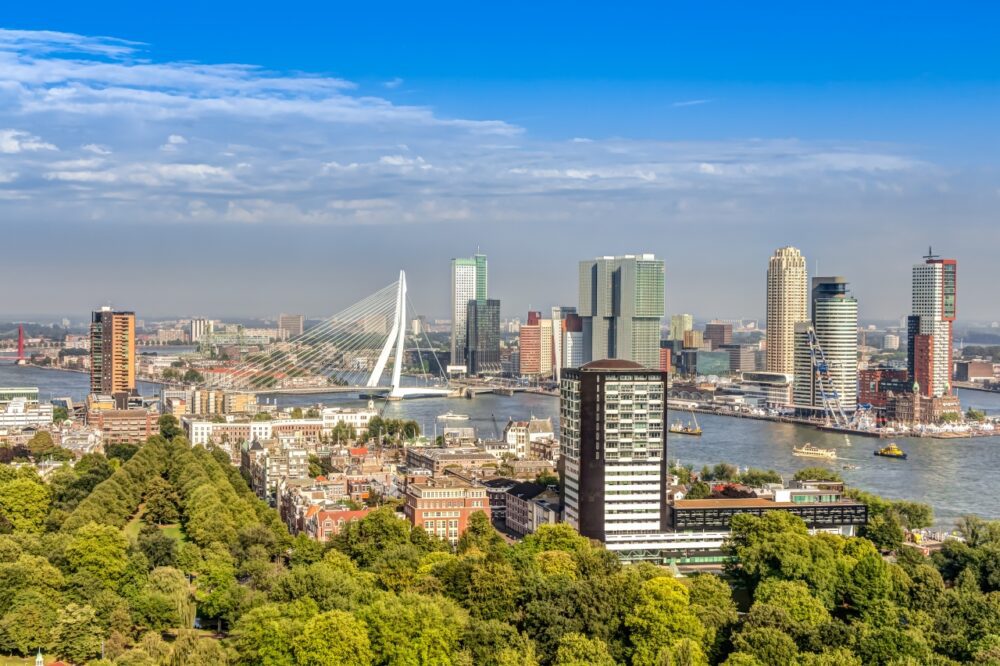
Rotterdam is unlike any other city in the Netherlands. Known for its bold, modern architecture, it feels like a city that’s always looking forward. The Erasmus Bridge, nicknamed “The Swan,” is a striking symbol of the city’s futuristic feel, while the Euromast observation tower offers panoramic views of the skyline. I found Rotterdam’s innovative spirit particularly inspiring as I explored neighbourhoods filled with cutting-edge design.
For a taste of Rotterdam’s vibrant culture, head to the Markthal—a food lover’s paradise where you can sample everything from fresh Dutch cheese to international dishes. The city’s port, the largest in Europe, is also worth exploring on a boat tour, where you can see the industrial heart of Rotterdam in action.
3. The Hague
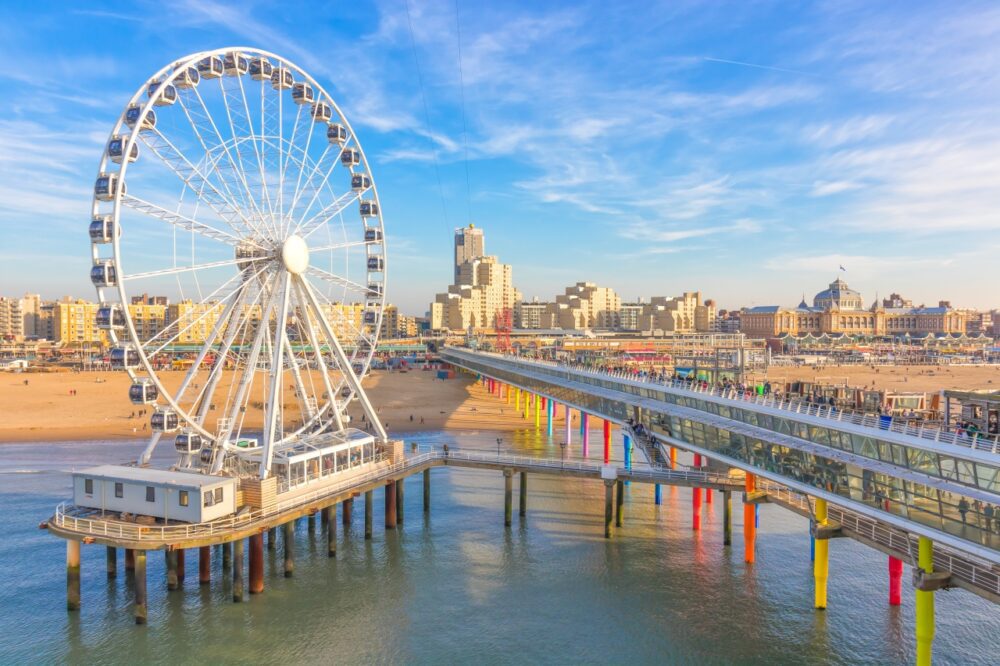
The Hague is the seat of the Dutch government and home to the International Court of Justice, giving it a more formal, stately atmosphere compared to other cities. But it’s also full of surprises. The stunning Mauritshuis museum houses some of the Netherlands’ most famous paintings, including The Girl with a Pearl Earring. I spent a whole afternoon there, captivated by the art.
A short tram ride from the city centre is Scheveningen Beach, one of the best spots to relax by the North Sea. On a sunny day, I strolled along the promenade and even took a dip in the sea—though the water is refreshingly chilly! The Hague’s blend of culture, history, and seaside charm makes it a unique destination within the Netherlands.
4. Utrecht
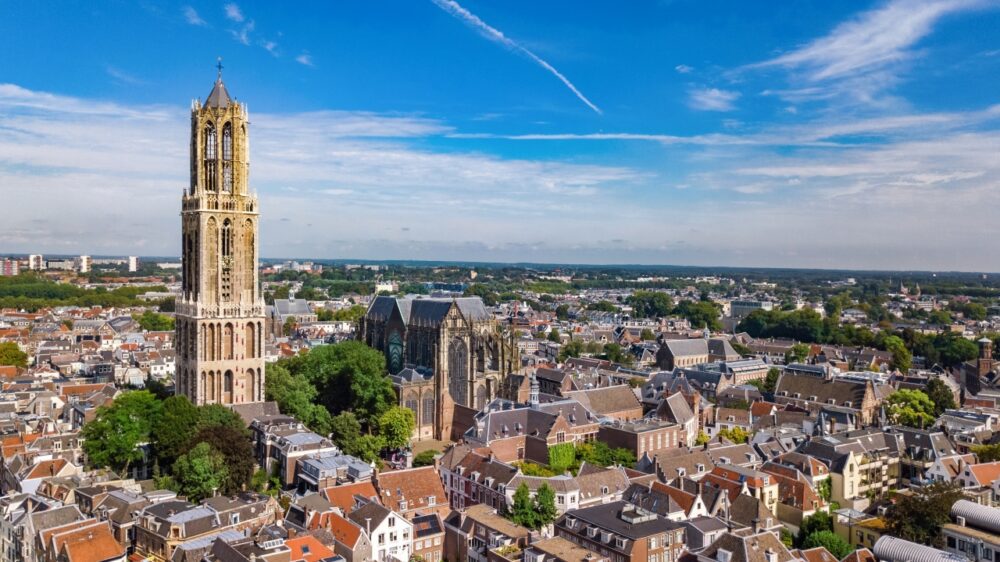
Utrecht is one of my favourite cities in the Netherlands, with its lively student vibe and beautiful canals. The Oude Gracht (Old Canal) runs through the heart of the city, lined with terraces where you can enjoy a drink right by the water. I loved sitting by the canal, sipping a coffee, and watching the world go by.
For the best view in town, climb the Dom Tower, the tallest church tower in the Netherlands. The climb is steep, but the panoramic views of the city and surrounding countryside are worth it. Utrecht is also known for its excellent cafés and restaurants, particularly in the Ledig Erf neighbourhood, where I found some of the best brunch spots in the country.
5. Maastricht
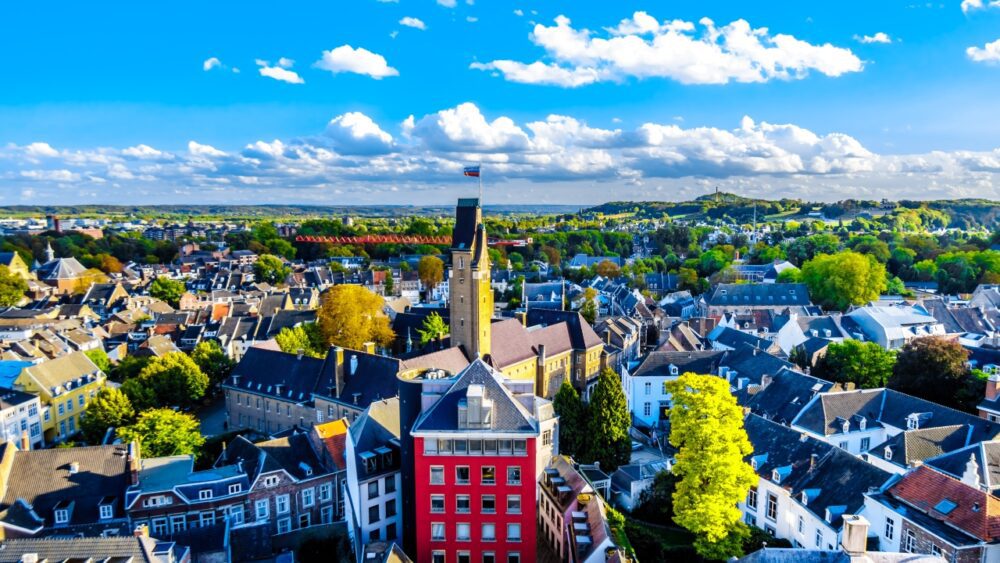
Down in the southern tip of the country, Maastricht has a distinctly different feel from the rest of the Netherlands. The city’s cobblestone streets and old-world architecture give it a more European, almost Belgian, flavour. I loved walking through Vrijthof Square, lined with outdoor cafés and historic buildings, including St. Servatius Basilica.
Maastricht is also famous for its caves—underground tunnels that were used during wars and sieges. I took a guided tour of the St. Pietersberg Caves, which was both fascinating and a little eerie. The city’s blend of history, culture, and a laid-back vibe makes it a perfect weekend getaway.
6. Leiden
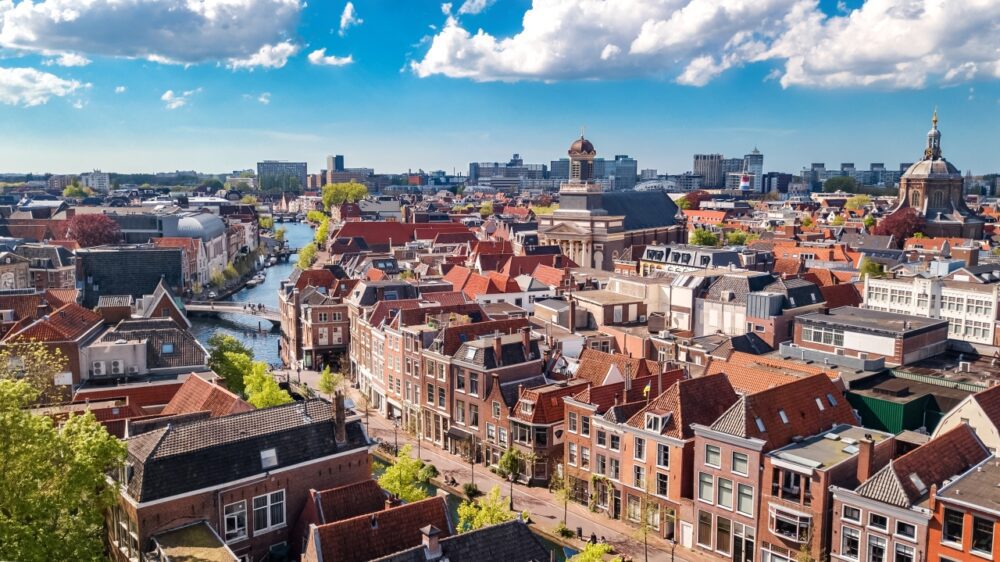
Known as a university town, Leiden is packed with history and charm. The city’s canals are particularly lovely, especially in the spring when the surrounding tulip fields are in bloom. I spent a relaxing day here, wandering through the Botanical Gardens, which are part of Leiden University and some of the oldest in Europe.
Leiden is also the birthplace of Rembrandt, and you can visit the Young Rembrandt Studio to learn more about his early life. The city’s small size and easy-going atmosphere make it a wonderful place to explore on foot or by bike.
7. Haarlem
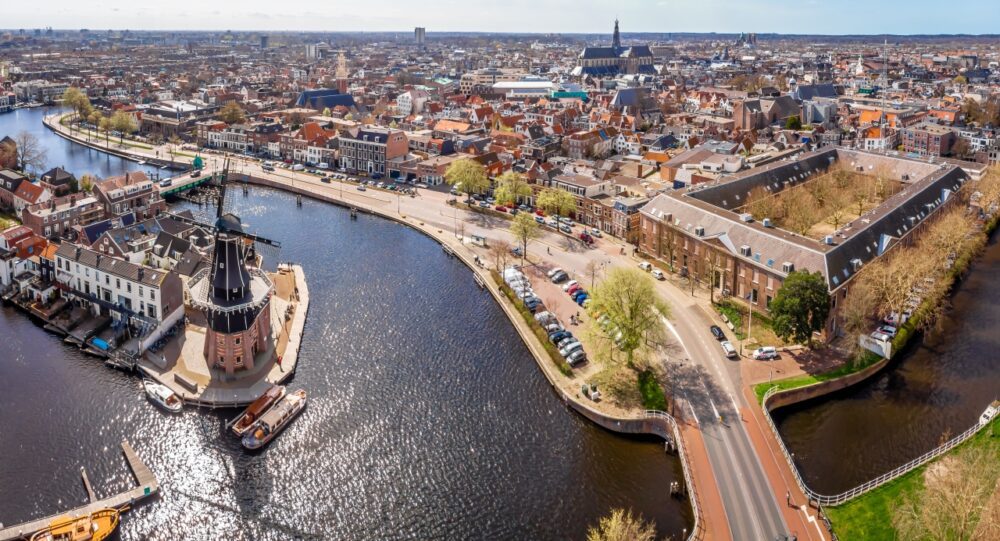
Just a short train ride from Amsterdam, Haarlem offers a quieter, more laid-back alternative to the capital. The city’s Grote Markt is one of the most beautiful squares in the country, dominated by the impressive St. Bavo’s Church. I climbed to the top of the church tower for a fantastic view over the city and surrounding countryside.
Haarlem is also a great place for art lovers, with the Frans Hals Museum showcasing the work of one of the Dutch Golden Age’s greatest painters. After exploring, I enjoyed a leisurely afternoon at one of Haarlem’s many cafés, soaking up the relaxed local atmosphere.
8. Delft
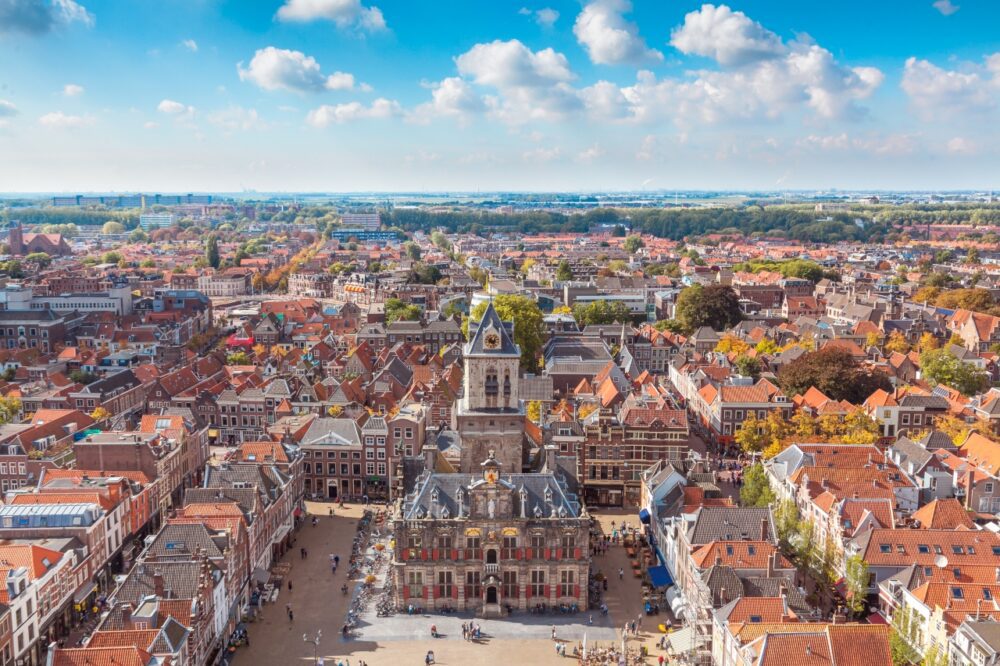
Delft is a small city with a big reputation, thanks to its famous blue-and-white Delftware pottery and its association with the painter Johannes Vermeer. Walking through the old town feels like stepping back in time, with its historic buildings, canals, and market squares. I took a tour of the Royal Delft factory, where I learned how the iconic pottery is still made by hand today.
Delft is also home to the New Church, where members of the Dutch royal family are buried. Climbing the church tower offers stunning views over the city and beyond. Delft’s compact size makes it easy to explore, and it’s a perfect day trip from Amsterdam or The Hague.
9. Groningen
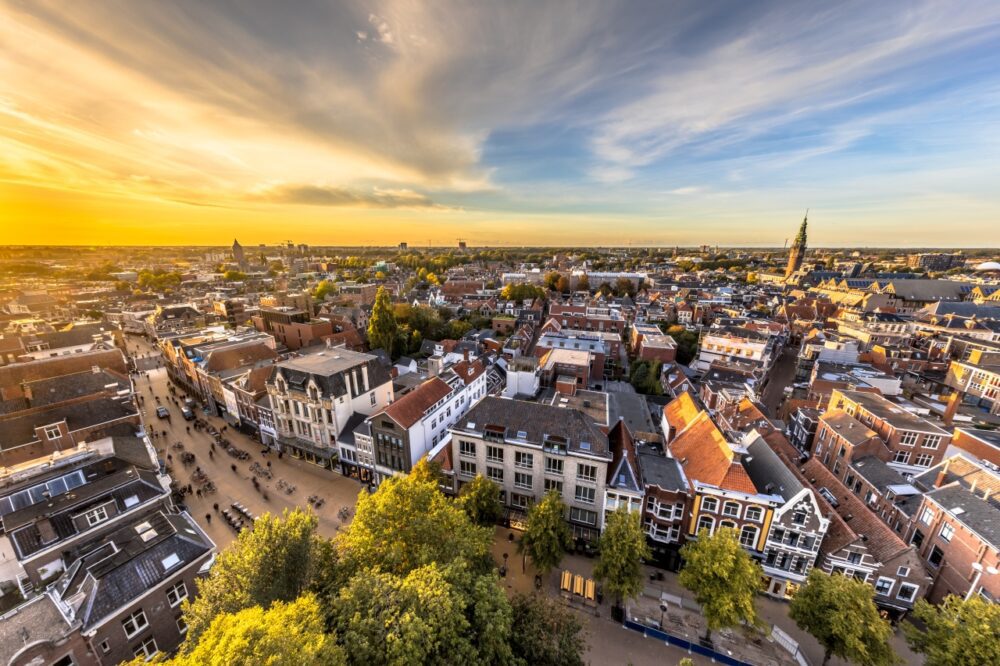
Up in the north, Groningen is a lively university town with a youthful energy. The city’s Grote Markt is always buzzing, and the Martinitoren Tower is the tallest building in the city, offering fantastic views. I loved Groningen’s blend of old and new, with its historic buildings standing side by side with modern architecture.
One of the city’s highlights is the Groninger Museum, a cutting-edge art museum with a bold design. The museum’s exhibits range from contemporary art to historical pieces, and it’s one of the most innovative museums I’ve visited in the Netherlands.
10. Eindhoven

Eindhoven is the Netherlands’ design and technology hub, home to the Dutch Design Week and several innovative museums. The city’s Van Abbemuseum is a modern art lover’s dream, with works by Picasso, Kandinsky, and other 20th-century masters. Eindhoven also has a thriving nightlife scene, thanks to its large student population.
While Eindhoven is more industrial than picturesque, its forward-thinking spirit makes it a fascinating place to visit, especially if you’re interested in design and innovation. I enjoyed exploring the Strijp-S district, a former industrial area turned creative hotspot.
Travel Tips for the Netherlands
Getting Around the Netherlands
The Netherlands has an excellent public transport system, making it easy to get around. Trains are the best way to travel between cities like Amsterdam, Rotterdam, and Utrecht, with frequent services that are reliable and comfortable. In cities, buses and trams are efficient, but cycling is the most popular way to get around. Renting a bike is a great option to experience the Netherlands like a local, especially in bike-friendly cities like Amsterdam and The Hague. If you plan to explore rural areas, renting a car offers more flexibility.
Best Time to Visit the Netherlands
The best time to visit the Netherlands is in spring (April to June) when the famous tulip fields are in bloom, and the weather is mild. April is especially popular for the Keukenhof Gardens and King’s Day celebrations. Summer (July to August) offers warm weather and lively outdoor events, but it’s also the busiest tourist season. For fewer crowds and pleasant weather, autumn (September to October) is ideal, especially for exploring cities or countryside landscapes. Winter is cold and quiet, but Christmas markets and Amsterdam’s festive lights make it a cosy time to visit.
Passport and Visa Requirements for the Netherlands
The Netherlands is part of the Schengen Area, so visitors from EU/EEA countries can enter with just an ID card. Travellers from countries like the US, UK, Canada, and Australia can stay visa-free for up to 90 days within the Schengen Zone. Make sure your passport is valid for at least three months beyond your departure. If you plan to visit neighbouring countries like Belgium or Germany, open borders make travel easy without additional visa requirements.
Currency and Banks in the Netherlands
The Netherlands uses the Euro (EUR), and credit and debit cards are widely accepted, even for small purchases. ATMs are easy to find in cities and towns, but it’s still a good idea to carry some cash, particularly for markets or rural areas. Dutch payment systems sometimes favour contactless cards over chip and pin, so be prepared for that. Tipping isn’t obligatory, but rounding up the bill or leaving 5-10% for good service in restaurants and cafes is appreciated.
Language and Useful Phrases to Know
The official language is Dutch, but almost everyone in the Netherlands speaks excellent English, especially in cities and tourist areas. Still, learning a few basic Dutch phrases is appreciated. Try “Hallo” (hello), “Dank je wel” (thank you), and “Alstublieft” (please). In rural areas, English may be less common, so knowing some Dutch can be useful. Locals generally appreciate when visitors make an effort to speak their language, even if just for greetings.
Budgeting and Costs for the Netherlands
The Netherlands can be expensive, particularly in Amsterdam, but there are ways to save. Accommodation, especially in city centres, can be pricey, so consider staying in hostels, Airbnbs, or further out from the main areas. Public transport is affordable, and biking is both cheap and enjoyable. Dining at local cafes or street markets is a great way to experience Dutch food without breaking the bank. Many museums offer discounted entry with a Museumkaart or I Amsterdam Card, which also includes free public transport.
Conclusion
The Netherlands is a country that offers so much more than just tulips and windmills. Whether you’re captivated by the canals of Amsterdam, charmed by the medieval streets of Delft, or inspired by the cutting-edge design of Rotterdam, each city offers its own unique flavour. What I love most about the Netherlands is how it effortlessly combines its rich history with a modern, innovative outlook. It’s a place where you can wander through centuries-old streets one moment and marvel at futuristic architecture the next.
Cycling through the countryside, visiting world-class museums, and enjoying the local cuisine are all part of what makes a trip to the Netherlands so special. It’s a country where life feels balanced and easy-going, yet always full of surprises. If you’re looking for a destination that offers a mix of history, culture, nature, and innovation, the Netherlands is an absolute must. You’ll leave with a deep appreciation for the Dutch way of life—and probably a fondness for cycling, too.
